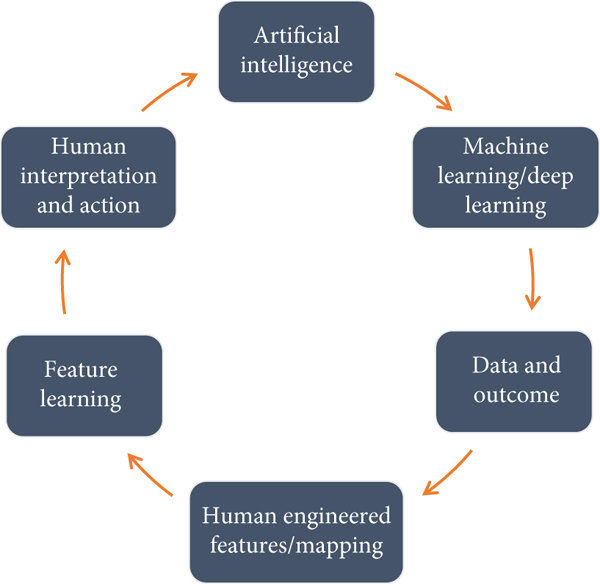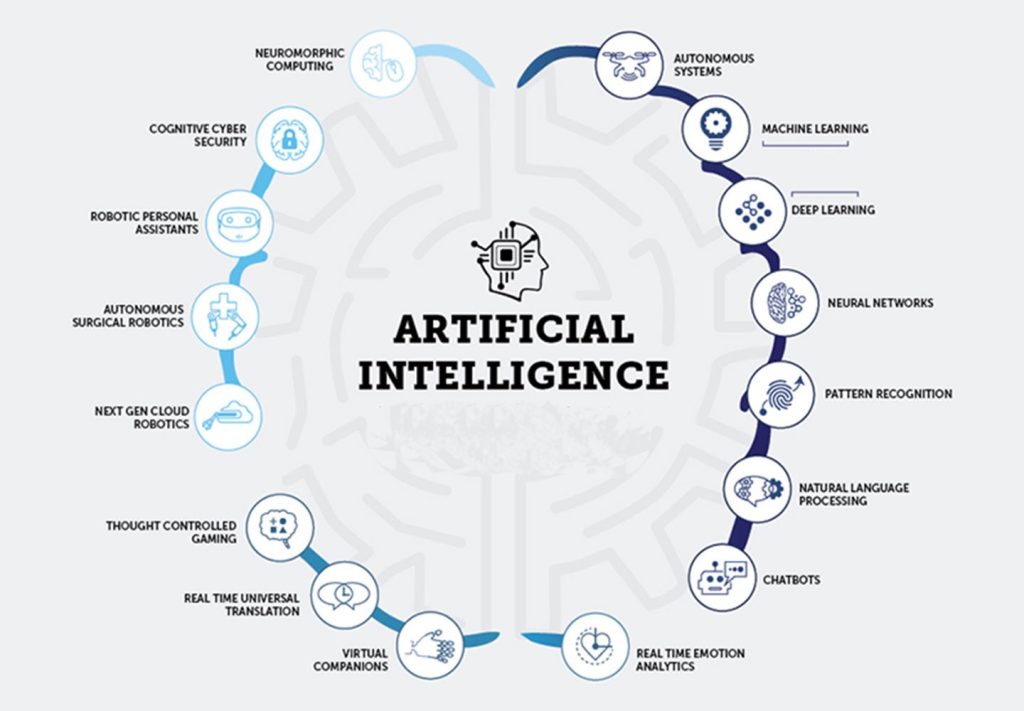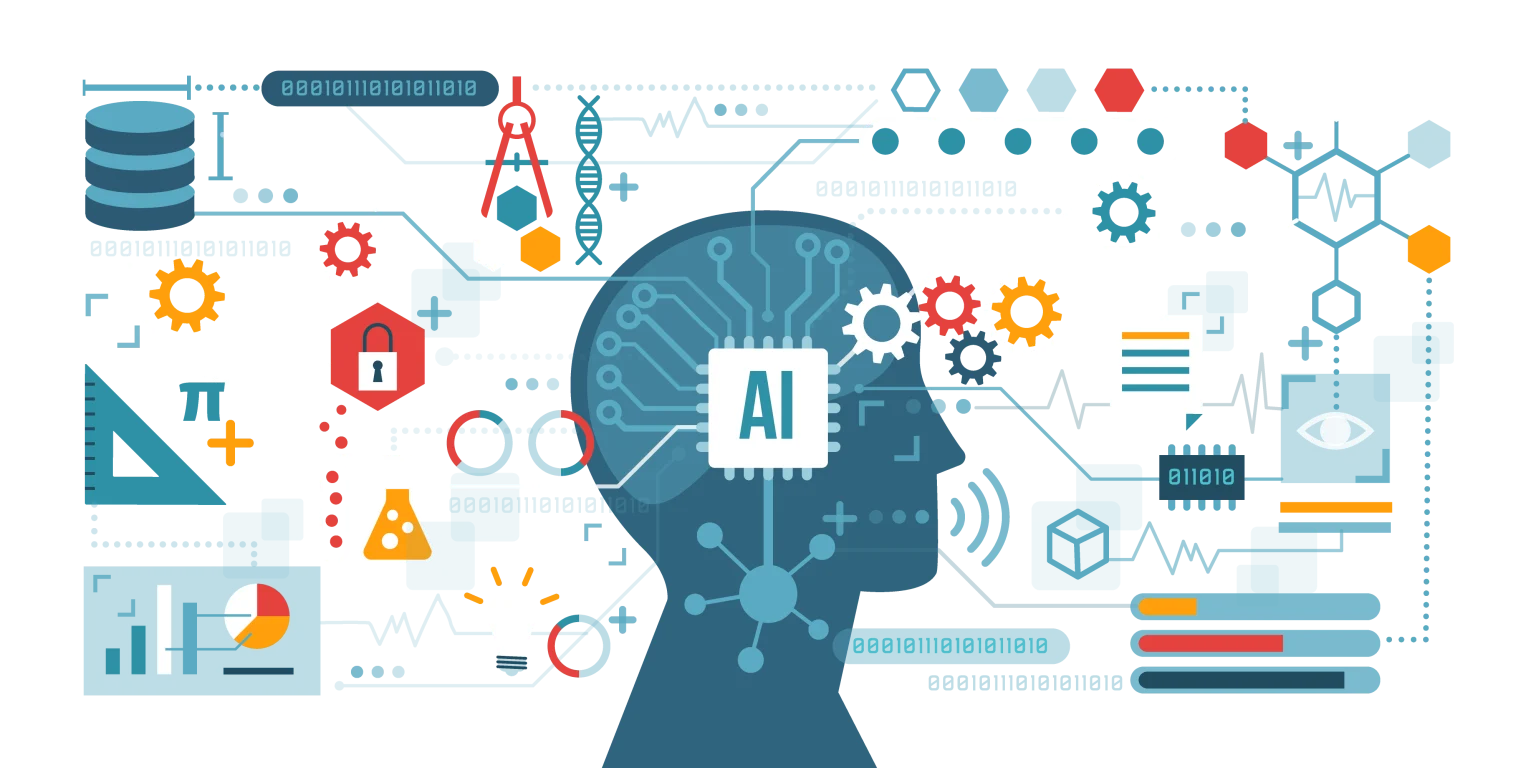Artificial intelligence (AI) has developed into a dynamic force that is changing our world; it is no longer limited to the pages of books. We’ll dive into the complexities of artificial intelligence models in this extensive investigation, going beyond the information contained in conventional “artificial intelligence books.”
An Overview of Artificial Intelligence Models
Gaining an understanding of the fundamentals of artificial intelligence models is essential to appreciating their transformational potential. Books provide the framework, but practical applications go well beyond abstract ideas.
What Part AI Models Play?
Artificial intelligence (AI) models serve as the brains of intelligent systems, imitating human intelligence to carry out tasks like decision-making and problem-solving. The goal of this post is to reveal the practicalities and levels of complexity that are beyond the scope of literature.
AI Model Evolution
The development of AI models is an exciting process. Beginning with rule-based systems, moving on to machine learning, and finishing with advanced deep learning models, this development shows how persistent the effort has been to imitate brain processes.
AI Simulations: Going Beyond Textbook Understanding
Although books present the theoretical underpinnings, it is when we see AI models in action that the real magic occurs. Let’s examine some particular fields where AI models are having a noticeable effect.
Models of Natural Language Processing (NLP)
Though books may briefly cover the fundamentals of NLP, exploring models such as OpenAI’s GPT-3 demonstrates the full possibilities. The transition from theory to practice is demonstrated by the capacity to produce coherent, human-like text and comprehend context.
Models for Computer Vision
Although the concept of computer vision was first introduced in literature, models such as CNNs and Resets take this concept to new levels. They let machines comprehend and evaluate visual data, transforming fields including autonomous cars, security, and healthcare.
Models of Reinforcement Learning
While books offer a theoretical framework for reinforcement learning, real-world applications of the technology are highlighted by the way models such as AlphaGo outperform human champions. These models demonstrate their potential in gaming, robotics, and other fields by excelling in strategic decision-making.

Applications in the Real World: Moving Beyond Theoretical Ideas
AI-Based Healthcare Models
Books provide a general overview, but artificial intelligence models in healthcare go beyond abstract concepts. The concrete results of using AI models in the medical profession include personalized treatment plans generated from large datasets and diagnostic tools that perform better than traditional methods.
Artificial Intelligence Models in Finance
Books mention AI’s uses in banking, but models that support algorithmic trading, risk management, and fraud detection have the most influence. Observing these apps in operation offers insights that are not adequately conveyed by texts.
AI Models for Self-Sustained Systems
Examine the world of drones and driverless cars, where artificial intelligence models are essential for decision-making, obstacle detection, and navigation. The real-world applications outweigh the theoretical discussions found in books, providing an insight into the direction that transportation will take.
Difficulties and Ethical Issues
AI Model Bias
Although the idea of bias is discussed in books, real-world situations show how difficult it is for AI algorithms to mitigate prejudices. Comprehending these obstacles is essential to developing impartial and moral AI systems.
Exploitability and lucidity
Books commonly focus on the fundamentals, but they frequently ignore the problem of model interpretability. Transparency and exploitability are more important as AI models get more complicated, particularly in vital areas like banking and healthcare.
Read More About Deciphering Depth: Examining the Deep Learning Universe
AI Beyond Books: Embracing the Future
Artificial Intelligence and Quantum Computing
Although literature may present quantum notions, the combination of AI models and quantum computers is a revolutionary development. The promise of quantum AI, which will influence technology in the future, is unmatched computational capacity.
AI in Sustainability
Beyond books, artificial intelligence models improve resource management, support sustainable practices, and tackle environmental issues. Examine the ways in which AI models might help build a future that is more efficient and sustainable.

In Conclusion, Artificial Intelligence Models Are On An Endless Journey
It’s clear from navigating the complex world of AI models that practical applications much outweigh what conventional “artificial intelligence books” can cover. AI models are influencing our future in ways that books alone cannot fully convey, ranging from healthcare to finance to autonomous systems to ethical problems.
It’s crucial to keep up with the newest models and applications in the rapidly developing field of artificial intelligence. When you start your AI adventure, keep in mind that the real magic happens not just inside the books but also in the dynamic real world, where AI models are applied to solve real-world problems.










